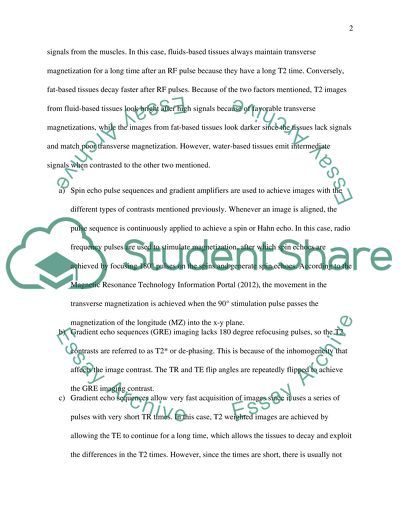Cite this document
(“Physics MRI Essay Example | Topics and Well Written Essays - 750 words”, n.d.)
Physics MRI Essay Example | Topics and Well Written Essays - 750 words. Retrieved from https://studentshare.org/health-sciences-medicine/1450813-physics-mri
Physics MRI Essay Example | Topics and Well Written Essays - 750 words. Retrieved from https://studentshare.org/health-sciences-medicine/1450813-physics-mri
(Physics MRI Essay Example | Topics and Well Written Essays - 750 Words)
Physics MRI Essay Example | Topics and Well Written Essays - 750 Words. https://studentshare.org/health-sciences-medicine/1450813-physics-mri.
Physics MRI Essay Example | Topics and Well Written Essays - 750 Words. https://studentshare.org/health-sciences-medicine/1450813-physics-mri.
“Physics MRI Essay Example | Topics and Well Written Essays - 750 Words”, n.d. https://studentshare.org/health-sciences-medicine/1450813-physics-mri.


